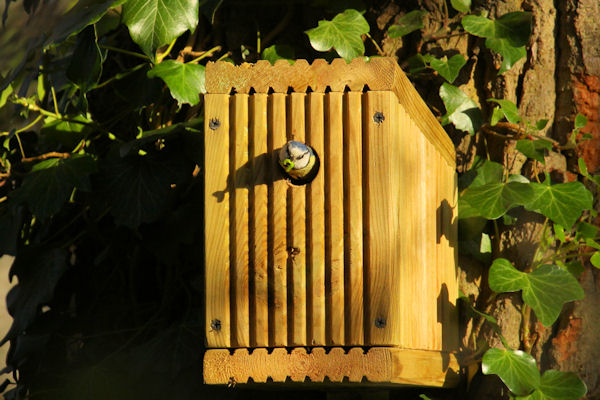How much does Bicknor Wood help the environment?
Phil Riches explains how Bicknor Wood plays its part in the fight against climate change, at a local level.
We all know that polluting gases, particularly Carbon Dioxide (CO2), are causing the world to warm up, which in turn is increasing extreme weather events, air pollution and allergies such as asthma. By drilling deep into ice sheets in Antarctica, scientists have concluded that there is about the same amount of C02 in the atmosphere today as there was about 800,000 years ago. Currently, human activities cause around one third of all CO2 emissions each year.
The good news is that trees absorb large amounts of CO2 and store it both in the structure of the tree itself and in the soil underground. I was keen to see if I could find out what effect Bicknor Wood has been having.
I used a clever online tool called i-Tree Canopy which takes Google Maps images from the air to estimate canopy cover and uses a scientifically proven way of measuring how much CO2 and other pollutants that area of woodland absorbs. I followed the guide to get the most accurate results by adding 500 random points over a Google Maps view of Bicknor Wood.
The results are quite impressive…
Please note all results are metric tonnes. I also contacted i-Tree directly and they verified my results.

Here is a link to a video made by the Woodland Trust on this topic which you may find of interest…






Comments
Post a Comment